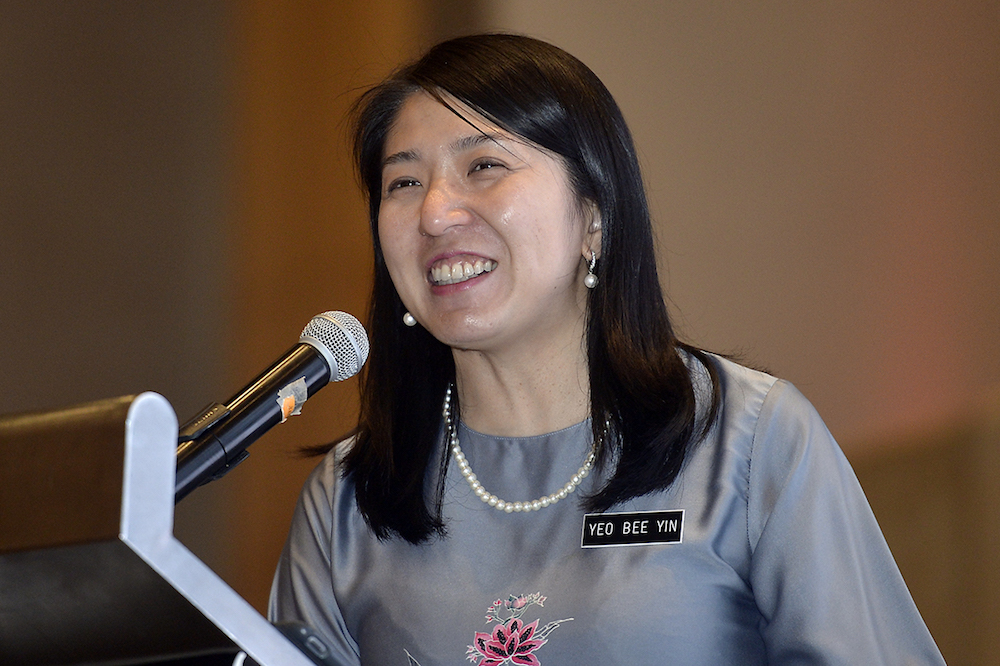SINGAPORE, Oct 31 — South-east Asia is accelerating plans to harness energy from the sun in coming years as the cost of generating electricity from some solar power projects has become more affordable than gas-fired plants, officials and analysts said.
The region, where power demand is expected to double by 2040, is striving to expand the share of renewable sources as developing nations seek affordable electricity while battling climate change.
South-east Asia’s cumulative solar photovoltaic (PV) capacity could nearly triple to 35.8 gigawatt (GW) in 2024 from an estimated 12.6 GW this year, consultancy Wood Mackenzie says.
Vietnam leads the pack with a cumulative solar PV installation of 5.5 GW by this year, or 44 per cent of the total capacity in the region, said Rishab Shrestha, Woodmac’s power and renewables analyst. This compares with 134 MW last year.
Among the encouraging signs for the solar industry was a recent auction for a 500 megawatt (MW) solar project in Malaysia of which 365 MW were bid at a price lower than the country’s average gas-powered electricity, said Yeo Bee Yin, Minister of Energy, Science, Technology, Environment and Climate Change.
“For the first time in the history of Malaysia, we have a large-scale solar energy cost that is less than gas, Yeo said at the Singapore International Energy Week.
“We now finally have an alternative energy that is cheaper than gas to replace our peak energy demand at midday.”
Malaysia has set a target to increase its renewable energy in electricity generation from current 6 per cent to 20 per cent by 2025, and a majority of this would be driven by solar.
The country also plans to open at least another 500 MW tender in the second quarter next year, Yeo said.
Singapore has also targeted at least 2 gigawatt (GW) peak of solar power capacity by 2030, or more than 10 per cent of current peak electricity demand, potentially replacing natural gas which generates 95 per cent of the country’s power now.
“This being presented by the (Singaporean) authorities is very interesting as this points towards firm political determination to go towards a low-carbon economy in a constrained world,” said Francesco La Camera, Director-General of International Renewable Energy Agency (Irena).
Keisuke Sadamori, the International Energy Agency (IEA) director for energy markets and security said: “There needs to be some good measures to ensure that investors feel confident that their money could be returned in a relatively reasonable period.”
Still, the mushrooming of solar PV in Vietnam has exceeded its grid capacity by 18 per cent, Woodmac’s Shrestha said, underscoring the need for further investments across power sector.
“The approved capacity for the Ninh Thuan and Binh Thuan provinces amounts to 5 GW, more than double the grid usable capacity,” he said. — Reuters



















